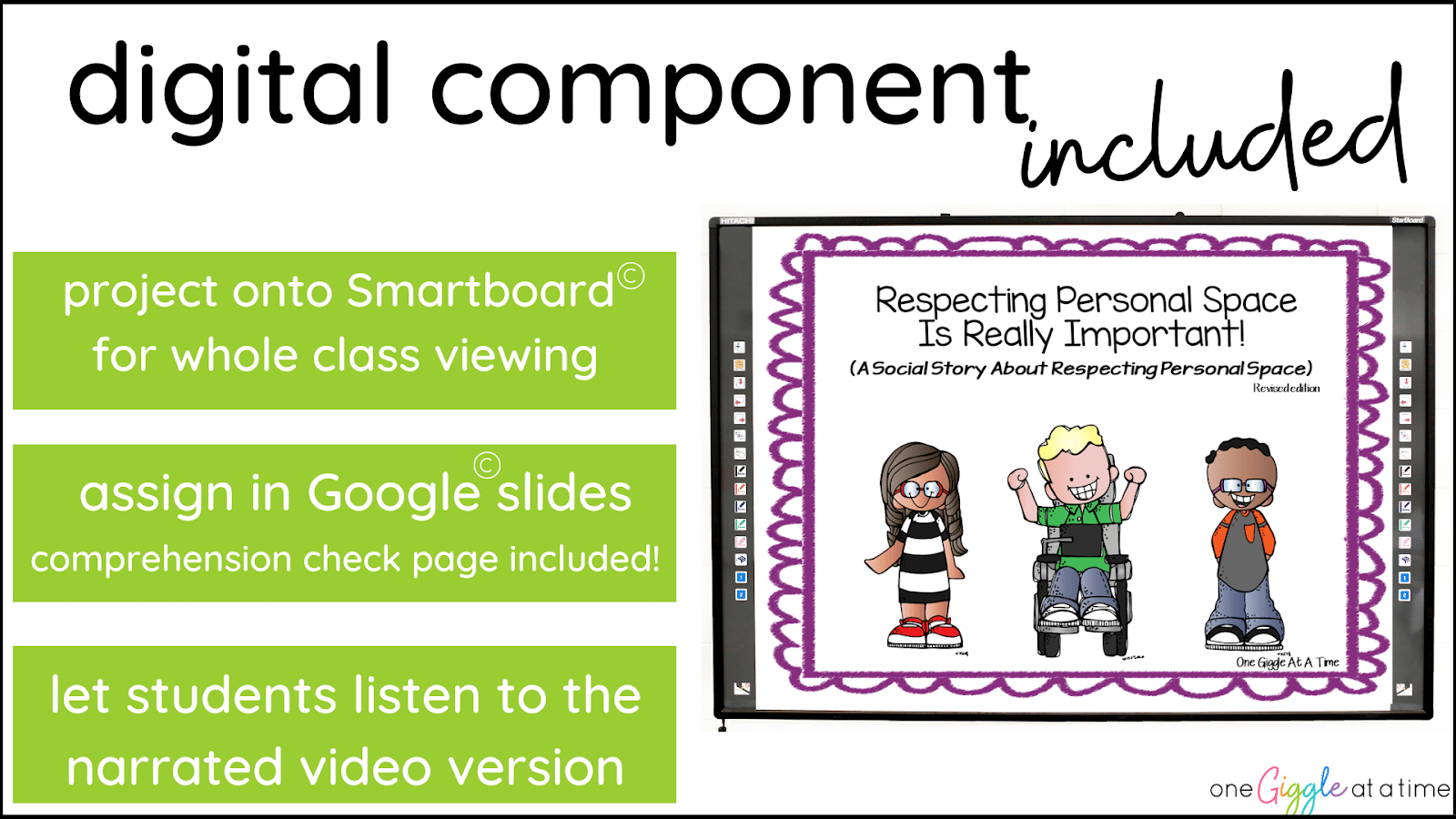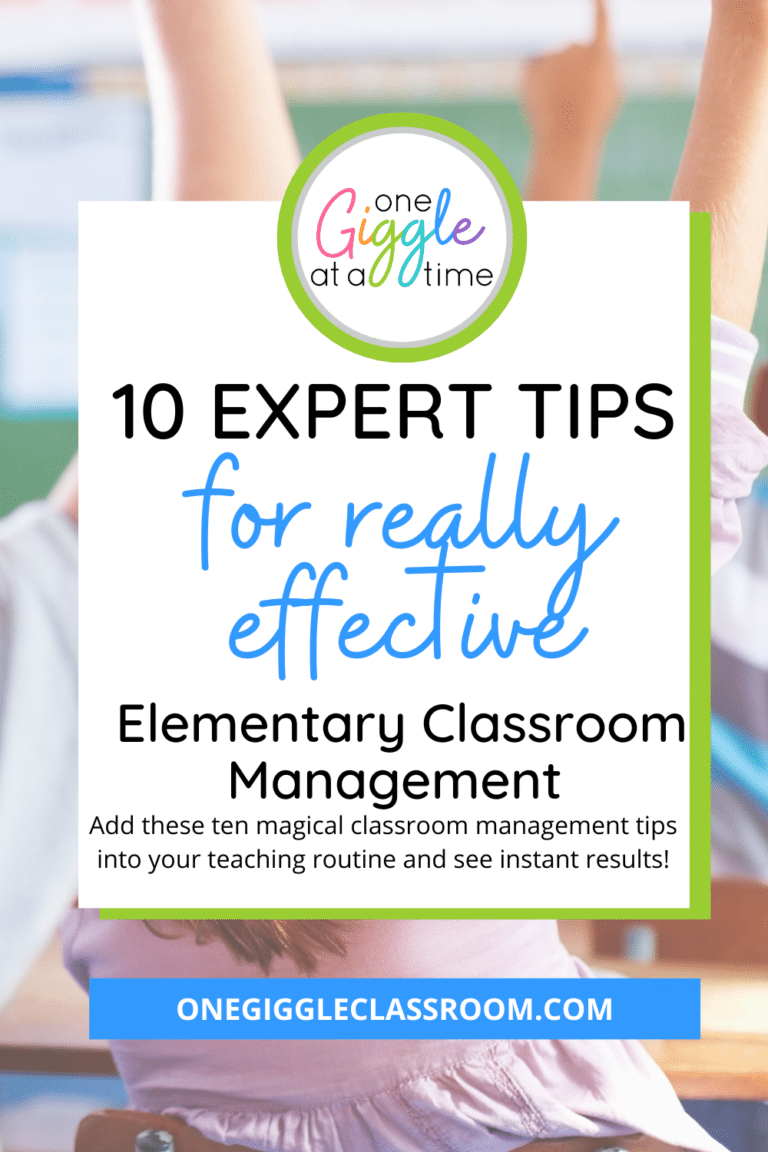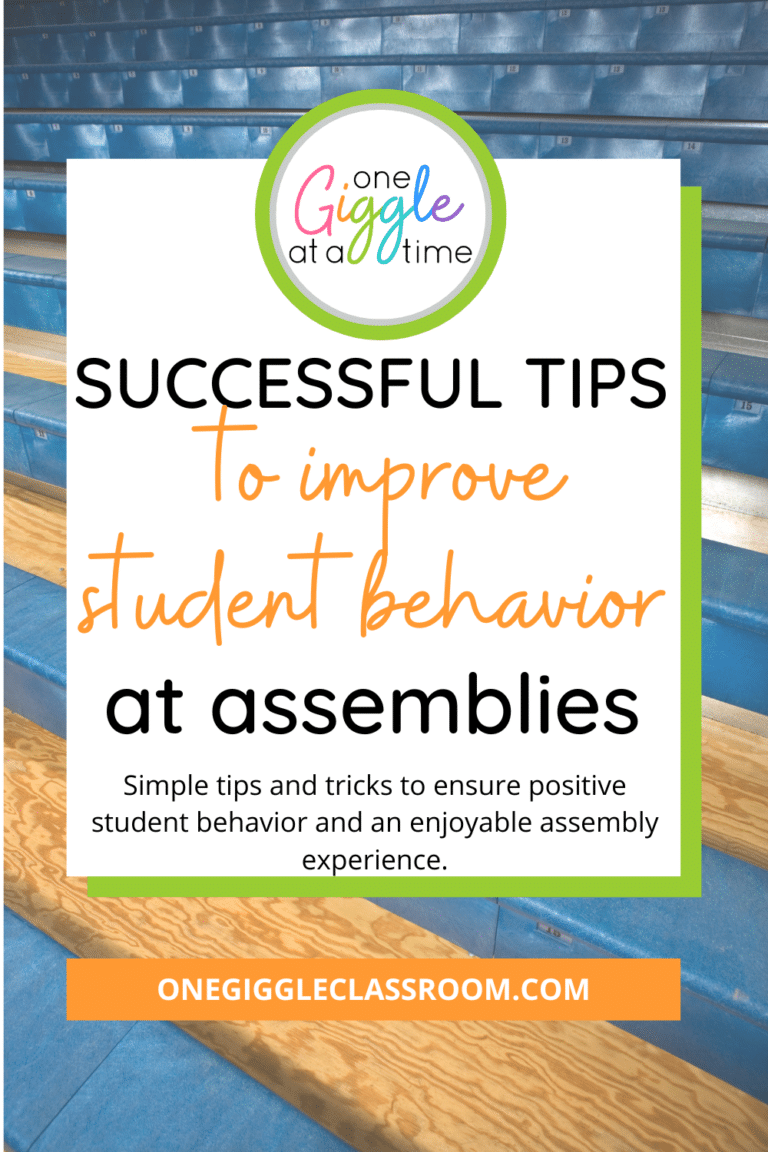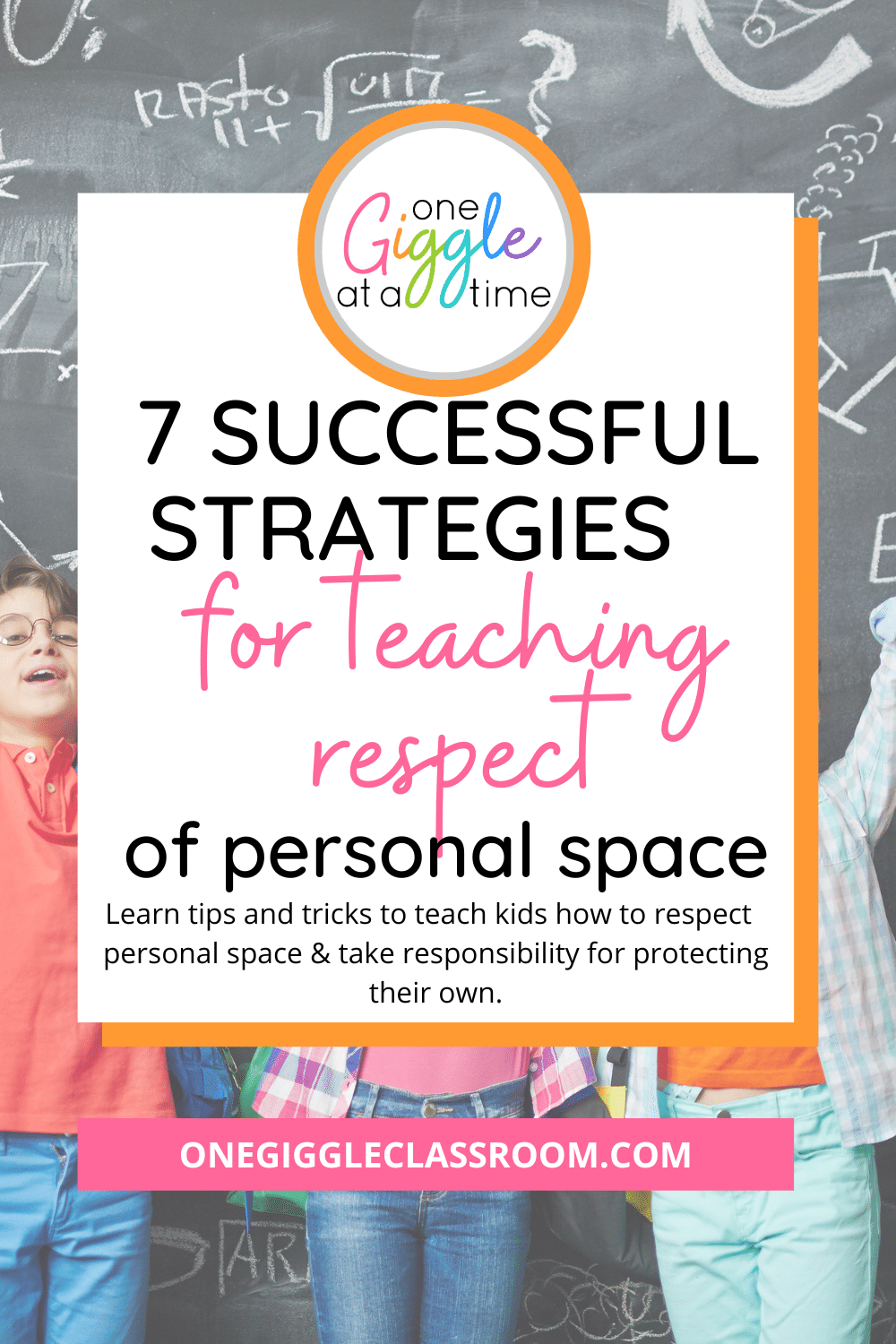
7 Successful Strategies For Teaching Respect Of Personal Space To Kids
Share This:
“HE’S TOUCHING ME!” “MOVE OVER!” “SHE KEEPS BREATHING ON ME!”
Sound familiar?
Well if it does, then it is time for you to get specific about teaching your students about personal space.

Here are my top 7 strategies for not only teaching respect of personal space of others but also how to take responsibility for protecting their own personal space.
1. START WITH A SOCIAL SKILLS STORY
I have said it before and I will say it again… I believe wholeheartedly that a good social skills story can do wonders for teaching kids social skills and expected behaviors.
Write your own social skills story, or find a social skills story about respecting personal space.
A good social skills story about personal space will include the following:
- an explanation of what personal space is
- how to successfully maintain personal space
- the importance of respecting the personal space of others
- how to protect your own personal space
- social cues to look for to know if you are inside someone else’s personal space
Don’t want to write a social skills story or search for one? Here is a tried and true social skills story about personal space already created for you!

2. TEACH THEM TO UNDERSTAND THAT “ONE SIZE DOES NOT FIT ALL!” WHEN IT COMES TO PERSONAL SPACE
Very often the problem with personal space in the classroom for little ones is that they do not yet have an understanding of the concept that the amount of personal space needed varies from situation to situation.
It is important to let your students know that people in the same families, and even close friends, often have a smaller “personal space bubble”. It is usually a little bigger with classmates and other adults in our world. This “bubble” often grows even larger when with strangers.
This visual is a helpful tool to use when teaching children about the “personal space bubble” works:

The exception to the rule: Emergency workers and medical workers, even though they may be strangers, often need to come into our closest “personal space bubble” in order to help us, and that is okay.
3. USE CONCRETE OBJECTS TO GET YOUR POINT ACROSS
Use visual props to get your point across easily with little ones! These will not only catch their attention, but it will give them an even clearer understanding of what you mean when you say “space”.
Beach balls and hula hoops work great for modeling personal space expectations!

Use a blown-up beach ball to hold between you and the child to show them how far away they should be standing from you when they come up to talk to you at your desk.
Use hula hoops to show children how far apart they should be from each other when they are choosing a place on the rug or a place to stand in line. Everything inside the hula hoop is your personal bubble. No one else should be inside of that personal bubble but you.
4. TEACH SOCIAL CUES TO LOOK OUT FOR
Reading social cues is not necessarily at the top of the list of skills that young kids are great at…if it were, sooo many of your problems would be solved already!

So, in the meantime, teach kids what social cues are and how to read them. Teach your students the signs to look for to tell if they may be invading someone else’s personal space.
Explain to them that they need to keep an eye out for one or more of the following actions:
- the person backing up to make the space larger
- the person moving to a new space
- the person asking you to back up
- the person using his/her body language or expression to show that he/she is uncomfortable
Model these actions for students so they can easily understand what uncomfortable body language, looks of concern, and backing up look like in real life.

5. PROVIDE STUDENTS WITH THE LANGUAGE THEY NEED
Just as reading social cues is not a strength of children, neither is finding the right words in difficult situations.
That is why, again, it is important to teach students the strategies they need to be successful in helping themselves handle social situations.
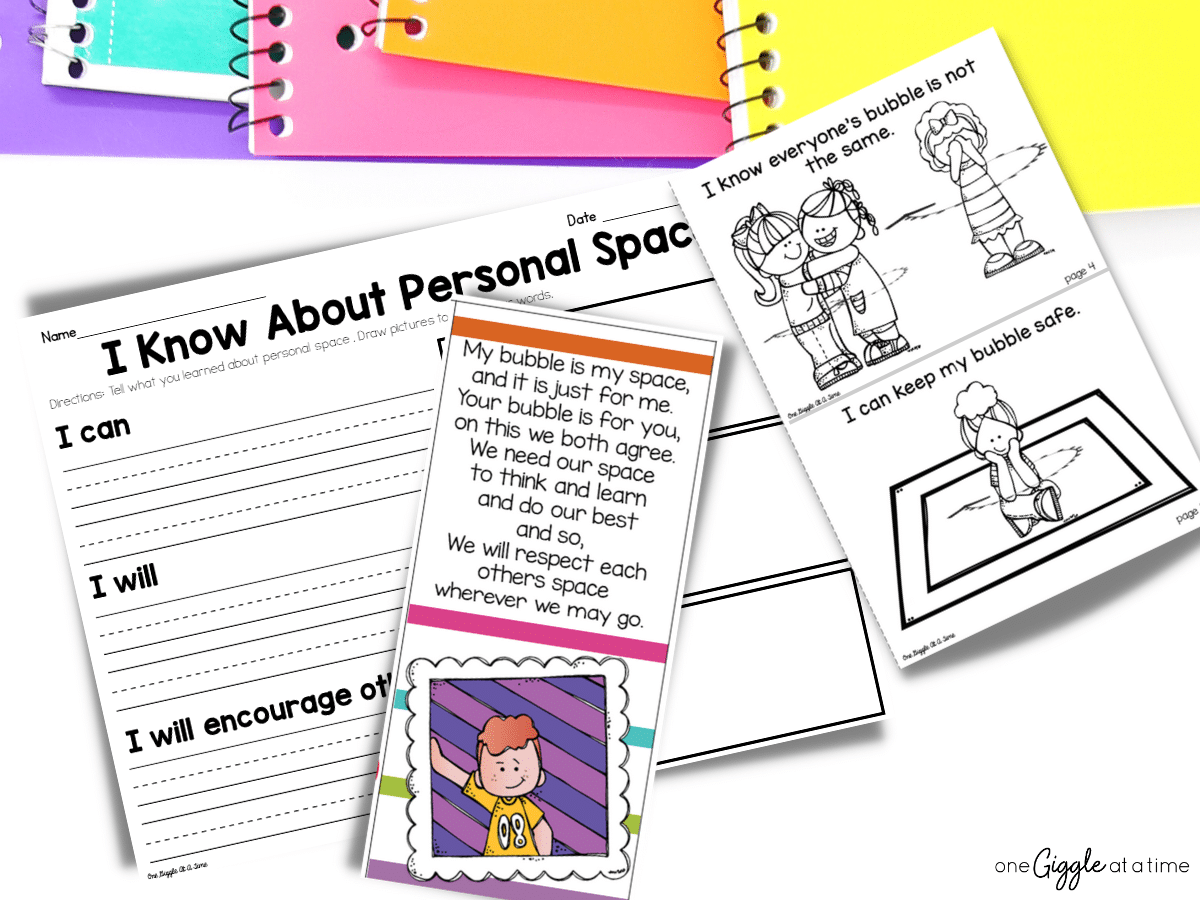
Teach students the language they can use to let someone know that they need more personal space.
Some great suggestions are:
- “Please back up”
- “Please stop touching me”
- “I need some space”
- “You are getting too close to me”
6. PRACTICE WITH REAL-LIFE SCENARIOS
Involve students in real-life role-playing situations to help them strengthen their understanding of respecting personal space. This will also strengthen their empathy for how others are feeling in different situations.
Be sure to leave time for lots of discussions so that students can understand different points of view better.
Check out these role-playing activities to make it easy for yourself!
7. MODEL SOCIAL CUES AND RESPECT FOR PERSONAL SPACE
Make sure that you model respect for personal space and good social cues in your day-to-day interactions with your students.
When students hear you saying things like “I am sorry I had to come into your personal space for a minute to get this book” or “thank you for leaving me some personal space when you came over to sit by me at the rug”, they are learning not only the language to use, but the tone of voice to use, the facial expression to use, and the body language to use as well.
They are always watching, even when we don’t think that they are.
These 7 strategies will be the perfect gateway to building a strong understanding of personal space in your classroom! They also align perfectly with this Personal Space Social Skills Activities Pack:
Have lots more social skills problems to tackle in your classroom? This activity pack is part of two larger bundles!
Addressing personal space in your classroom can only positively impact your students and classroom community! There’s really no reason not to!
Let me know if you have any questions about anything you see here. Don’t forget to pin this post to refer to it later!
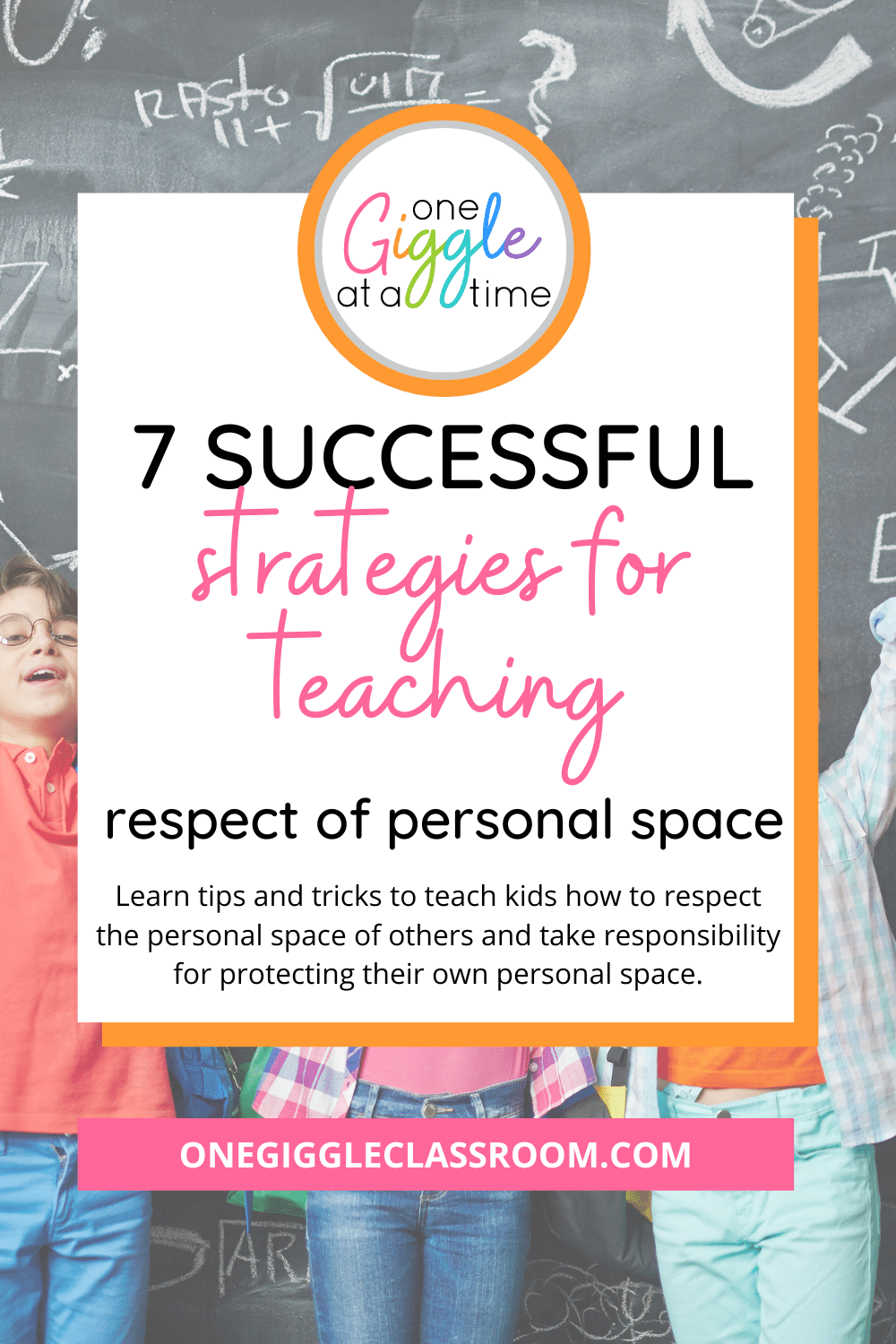
You also might be interested in:
FREE Getting Along Social Skills Story
Social Skills Stories and Activities Growing Bundle
Getting Along Social Skills Activities Bundle
MAKE MORNING ROUTINES IN YOUR CLASSROOM FUN AND ENGAGING WITH THESE
Free Morning Meeting Songs & Greetings
The perfect way to get students energized and ready to go in the mornings!


Diane Romo
Thank you for being here! I love sharing ideas with other teachers! If you are looking to enhance your teaching and build a positive classroom community, you have come to the right place!
















